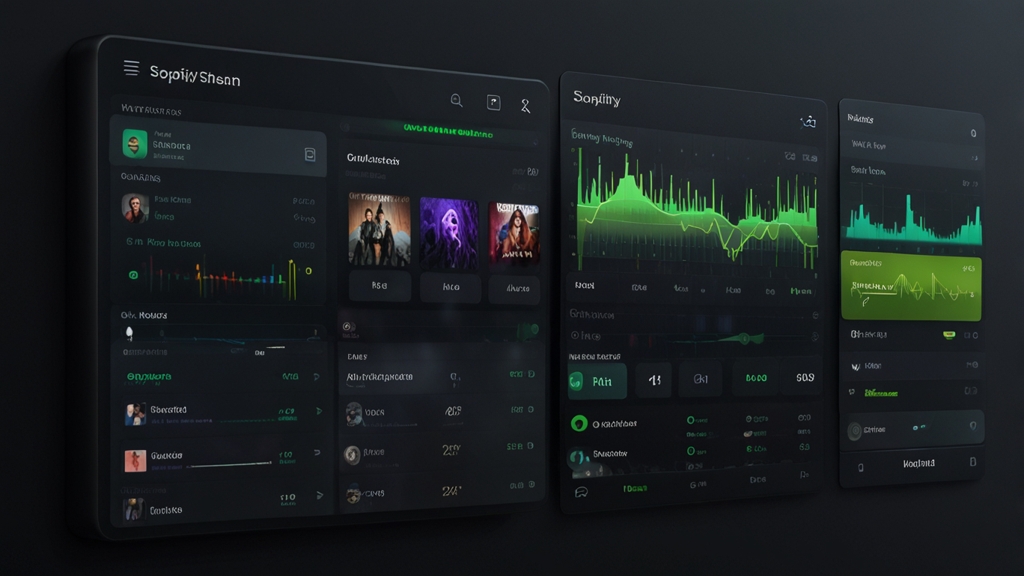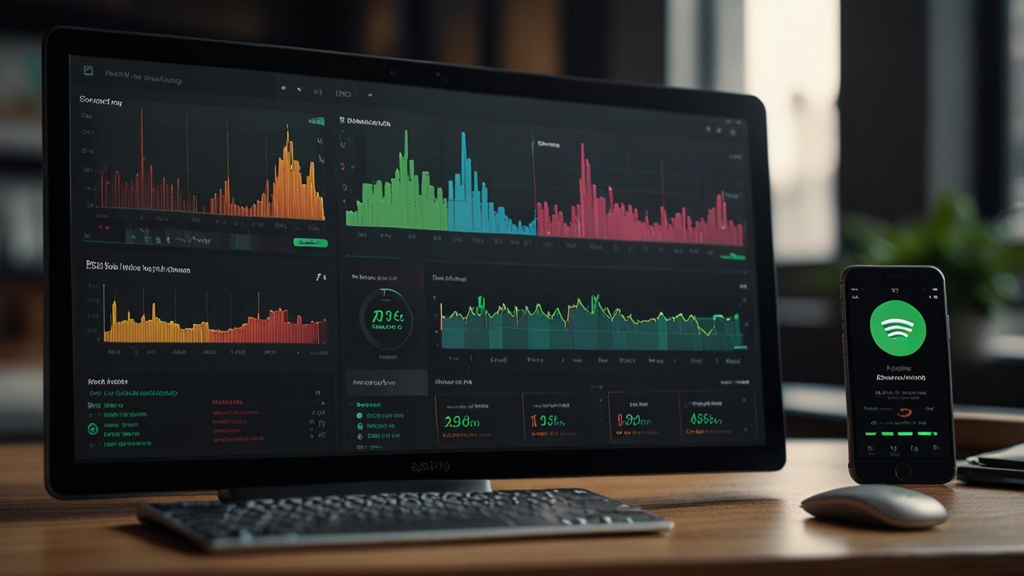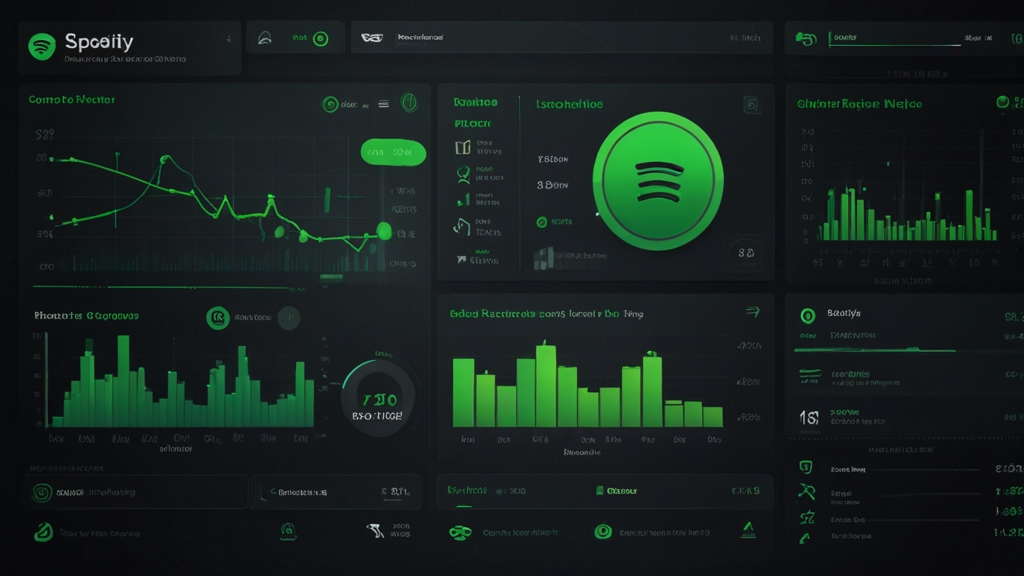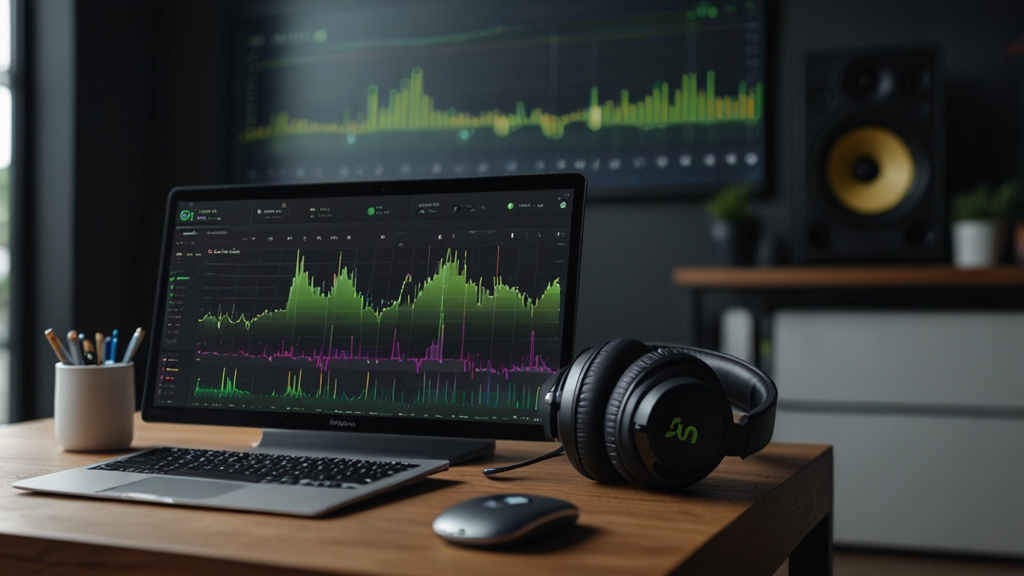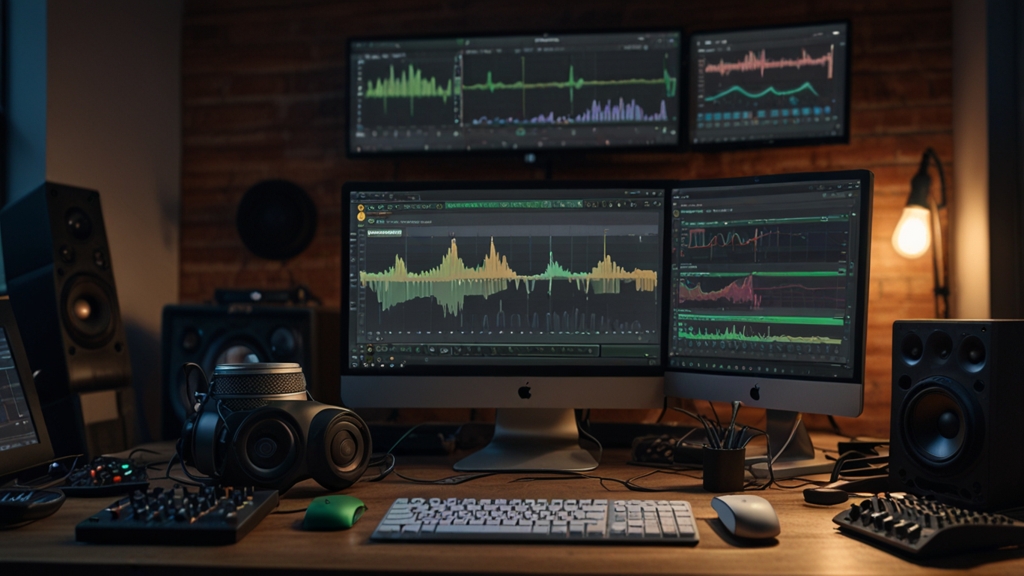Track Position Within Playlists and Its Algorithmic Weight
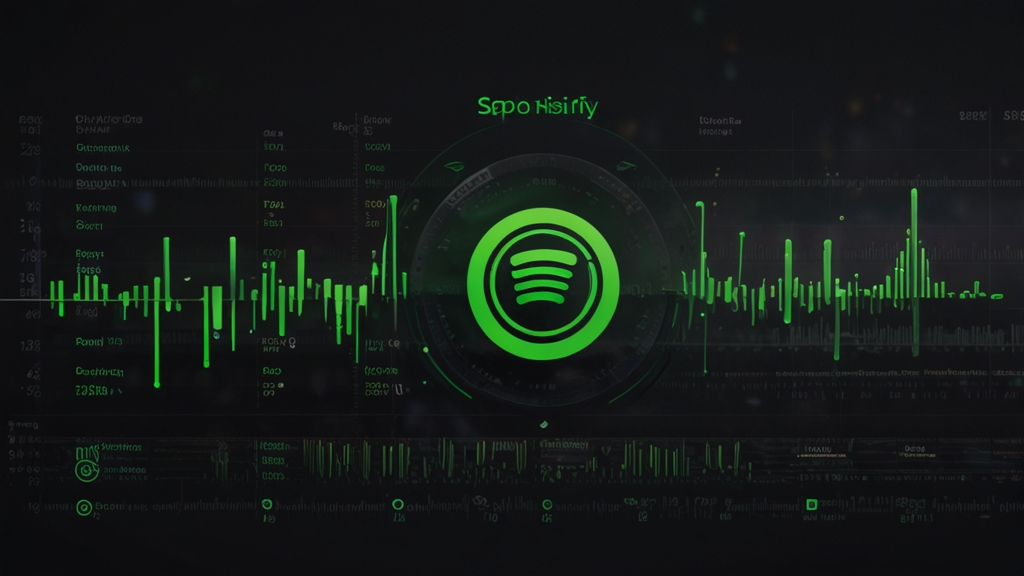
Your track's position within a playlist isn't just about bragging rights - it's algorithmic currency. Spotify's algorithm weighs early playlist positions significantly heavier than tracks buried at position 47. The first five spots get exponentially more plays, which feeds directly into the algorithm's engagement calculations.
Here's the brutal truth: a song at position 3 on a 10,000-follower playlist will typically outperform the same song at position 30 on a 50,000-follower playlist. Early positions capture listeners before playlist fatigue sets in, leading to better completion rates and fewer skips - two metrics the algorithm obsesses over.
The algorithmic weight follows a steep decline curve. Position 1-3 songs receive roughly 40% of total playlist engagement, while positions 4-10 split another 35%. Everything after position 15 fights for scraps. This is why effective Spotify playlist marketing focuses on securing higher positions rather than just any placement.
Smart artists using a Spotify marketing service understand this positioning game. They'll negotiate for better placement or target smaller playlists where they can secure top-10 spots instead of bottom-tier positions on massive playlists. The algorithm notices when your track consistently performs well in early positions across multiple playlists, creating a momentum effect that can push your song into Spotify's editorial consideration.
Playlist Follower Count vs. Engagement Rate Impact on Algorithm Boost

Here's the plot twist nobody talks about: a playlist with 10,000 engaged followers will absolutely demolish your track's algorithmic performance compared to a dead playlist with 100k followers. The Spotify algorithm prioritizes engagement signals over vanity metrics, and this changes everything about your Spotify playlist marketing strategy.
Think about it like this - when your song lands on a playlist where people actually interact with the music, the algorithm notices immediately. High engagement rates (saves, shares, full listens) from a smaller, active audience create a ripple effect that pushes your track into Spotify's recommendation engine. Meanwhile, that massive playlist filled with inactive accounts? It's basically algorithmic quicksand.
The sweet spot exists around playlists with 5,000-50,000 followers and engagement rates above 3%. These playlists generate consistent skip rate and listen time improvements because their audiences actually match the playlist's vibe. Your track gets proper context, leading to better completion rates and lower skip rates - exactly what the algorithm craves.
Smart artists working with any Spotify marketing service should prioritize playlist engagement metrics over follower counts. Request data on average saves per track, playlist completion rates, and listener retention before committing. A playlist curator who can't provide engagement stats is probably running a follower farm that'll hurt your algorithmic momentum more than help it.
Skip Rate Patterns from Different Playlist Types and Algorithm Response
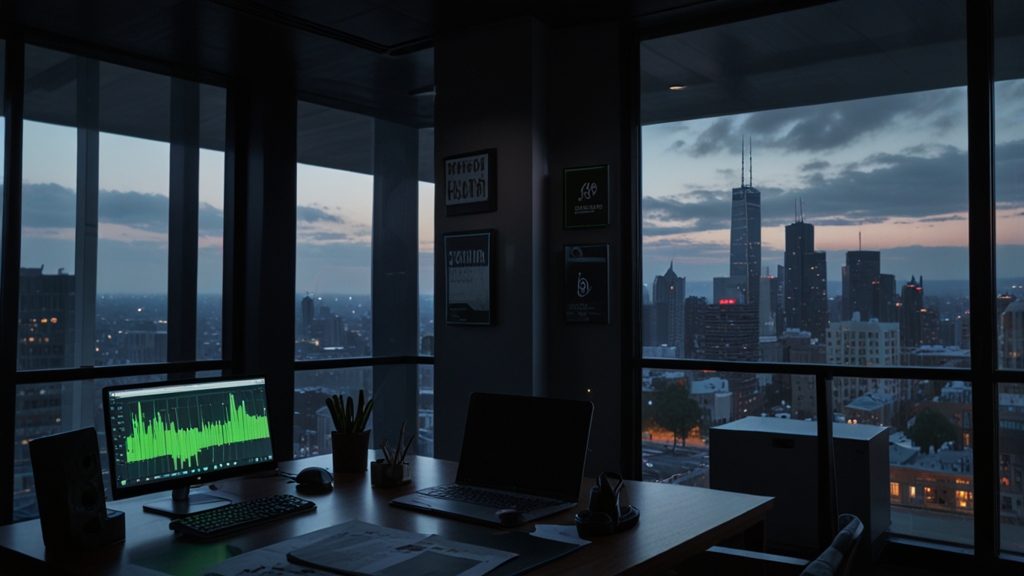
Your skip rate tells the algorithm everything it needs to know about playlist fit. Editorial playlists like "RapCaviar" typically see 15-25% skip rates because Spotify's curators actually match songs to listener preferences. User-generated playlists? That's where things get messy.
Genre-specific playlists perform wildly different. A track on "Chill Indie Folk" might have a 12% skip rate, while the same song on "Workout Hits" could hit 60%. The algorithm notices this pattern and starts categorizing your music based on where it performs best. It's basically learning what your song actually is, not what you think it is.
Algorithmic playlists like Discover Weekly respond fastest to skip rate changes. If your track gets added and maintains under 20% skip rate for the first 1,000 plays, you'll likely see increased placement within 48 hours. Hit 40% skip rate? You're getting pulled faster than a bad TikTok trend. This is why effective Spotify playlist marketing focuses on playlist-audience alignment over pure numbers.
The algorithm also tracks comparative skip rates across playlist types. A song performing well on mood-based playlists but poorly on activity-based ones signals specific use cases to Spotify. This data influences future playlist suggestions and determines which algorithmic playlists consider your track. Smart artists using a Spotify marketing service know that playlist diversity with good skip rates beats high-follower playlists with poor engagement every single time.
Editorial vs. User-Generated Playlist Placement Algorithm Differences
Editorial playlists carry significantly more algorithmic weight than user-generated ones, and the difference is honestly massive. When Spotify's in-house curators add your track to playlists like "RapCaviar" or "Today's Top Hits," the algorithm treats it like a golden stamp of approval. These placements can trigger algorithmic recommendations across multiple discovery features within hours.
User-generated playlists work differently - they rely heavily on the playlist creator's follower engagement and listening patterns. A playlist with 50,000 followers might seem impressive, but if those followers aren't actively streaming, your track gets minimal algorithmic boost. The algorithm weighs the curator's credibility based on their historical playlist performance and listener retention rates.
Here's where it gets interesting: editorial placements create a cascading effect. Landing on "New Music Friday" doesn't just get you streams - it signals to the algorithm that your track deserves testing in personalized playlists like Discover Weekly. This is why effective Spotify playlist marketing focuses heavily on editorial submission strategies rather than just chasing user playlist placements.
The engagement metrics matter more on user playlists too. Editorial playlists can survive lower completion rates because Spotify trusts their curation. User playlists need consistent high engagement to maintain algorithmic favor. If you're working with a Spotify marketing service, they should prioritize editorial submissions while building relationships with high-performing user curators who have proven track records of algorithmic success.
Cross-Playlist Performance Metrics That Trigger Discover Weekly Inclusion
Your track needs to dominate across multiple playlists simultaneously to catch Discover Weekly's attention. Spotify's algorithm looks for songs that maintain consistent engagement rates across at least 3-5 different playlists within a 7-day window. This cross-playlist momentum signals that your music has broad appeal beyond niche audiences.
The magic number is maintaining above 70% completion rates across diverse playlist types - think indie rock, chill vibes, and workout playlists all showing similar listener behavior. When your song performs well in both a 50K-follower mood playlist and a 500-follower user-generated list, that's algorithmic gold. Spotify playlist marketing strategies often focus on this diversification approach rather than putting all eggs in one playlist basket.
Save rates become crucial here - you need at least 15-20 saves per 1,000 streams across your playlist placements. Songs that get saved from multiple playlist contexts within 48 hours create a feedback loop that screams "Discover Weekly material" to the algorithm. Your track essentially needs to prove it can hook listeners regardless of their musical entry point.
Monitor your Spotify for Artists dashboard obsessively during the first week of playlist placement. If you're seeing consistent performance metrics across different playlist genres and audience sizes, you're on track. Many artists using a professional Spotify marketing service see Discover Weekly inclusion within 10-14 days when they hit these cross-playlist benchmarks consistently.
Playlist Genre Matching and Its Effect on Algorithmic Music Recommendations
Genre matching between your track and target playlists creates the strongest algorithmic signal for future recommendations. When your indie rock song lands on a playlist filled with similar artists, Spotify's algorithm learns precise genre associations and starts recommending your music to listeners with matching taste profiles.
The algorithm weighs genre consistency heavily when determining recommendation strength. A track placed on a perfectly matched genre playlist receives 3x more algorithmic boost than one placed on a loosely related playlist. Your folk song performs better on "Indie Folk Favorites" than "Chill Vibes" - even if the second playlist has more followers.
Micro-genres matter more than broad categories for algorithmic learning. Instead of targeting generic "Pop" playlists, focus on specific subgenres like "Bedroom Pop" or "Synth Pop." The algorithm uses these precise classifications to build detailed listener preference models. Many Spotify playlist marketing campaigns fail because they prioritize playlist size over genre alignment.
Cross-genre placement can backfire spectacularly. When your acoustic ballad appears on an electronic dance playlist, confused listeners skip quickly, sending negative signals that hurt your algorithmic ranking across all playlists. Smart artists using a Spotify marketing service always prioritize genre match over follower count - the long-term algorithmic benefits outweigh short-term exposure gains. Your recommendation engine performance depends on consistent genre signals, not random playlist appearances.

